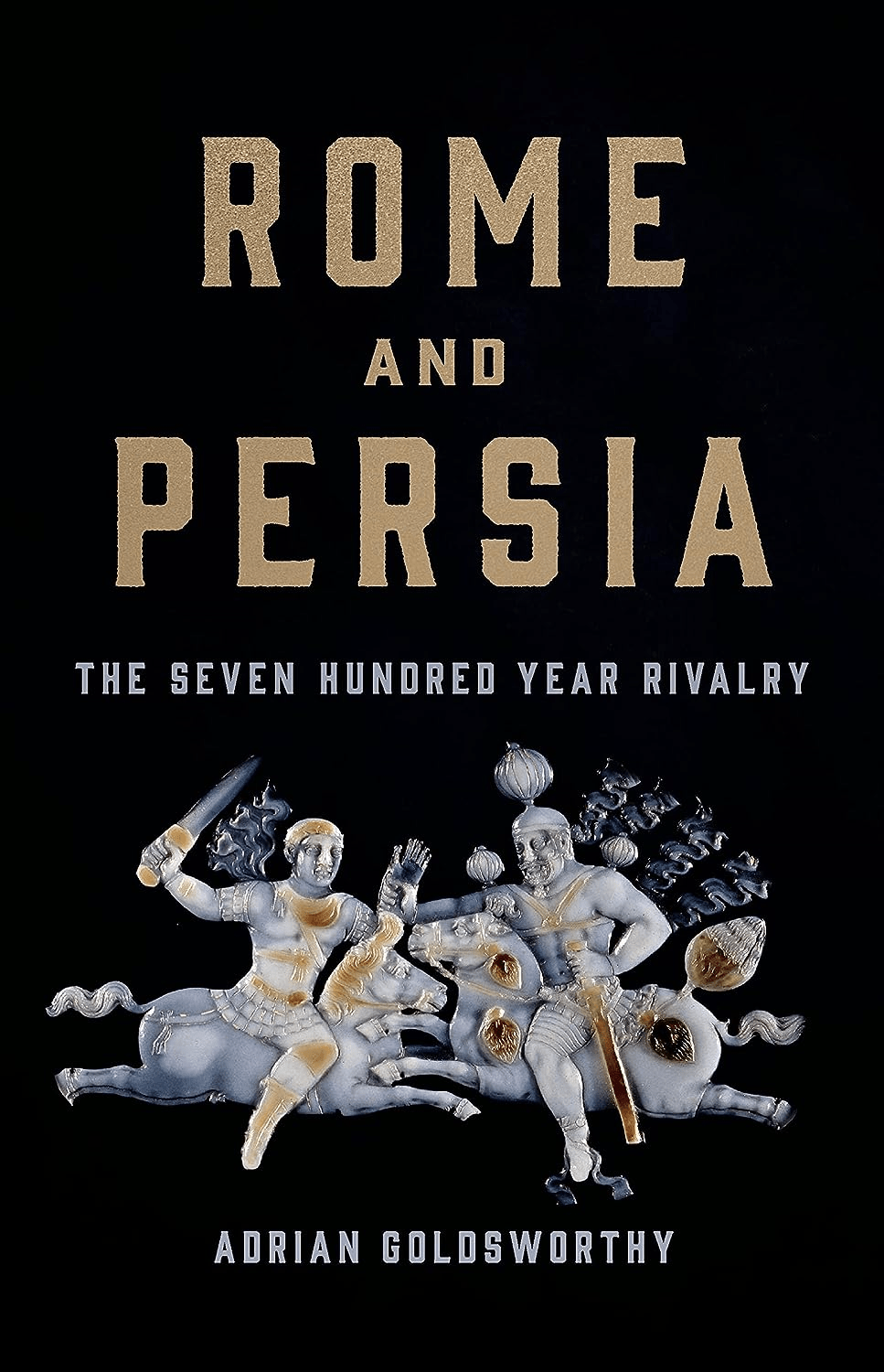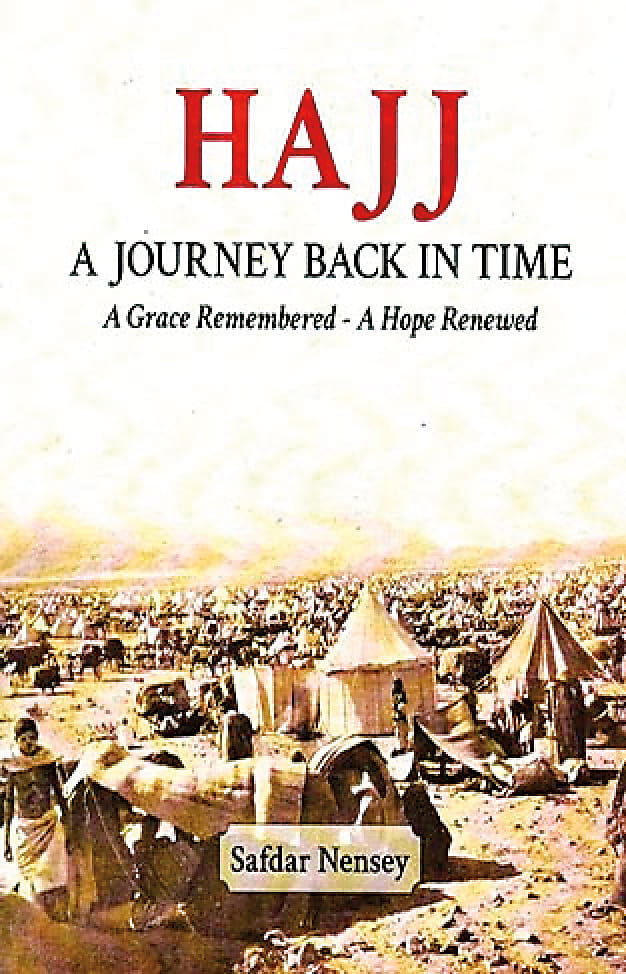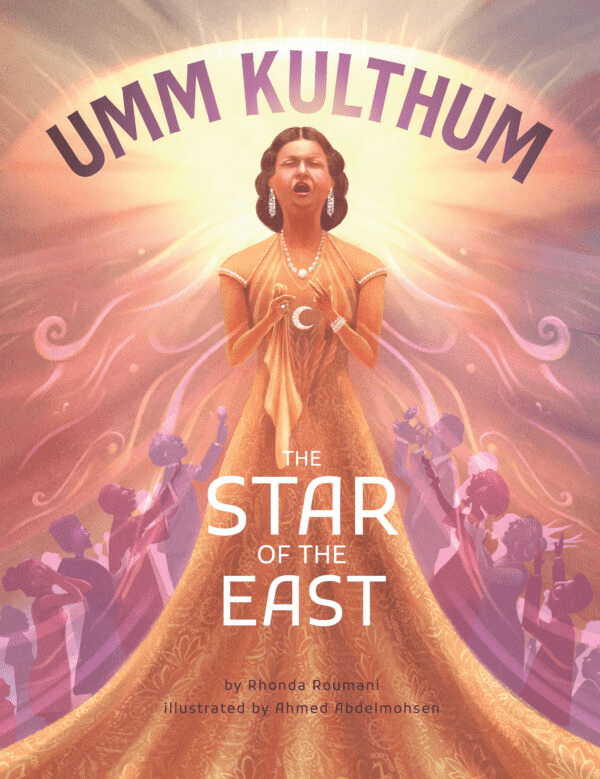
In War and Peace, Book Explores How Rome and Persia Remained Frenemies
Reviewed by Dianna Wray
Rome and Persia: The Seven Hundred Year Rivalry
Adrian Goldworthy. Basic Books, 2023.
“Simultaneously, a Roman emperor and a king of kings could each assure their own subjects that they were strong, and that the other man and his empire were weak and feeble without this requiring an attempt to prove it by going to war.”
How do two contemporary superpowers thrive side by side for centuries? By cultivating peace and avoiding all out conflict with each other. In Rome and Persia, Adrian Goldsworthy, an Oxford-trained scholar of Roman history, reduces Persian and Roman longevity to simply an ever-evolving coexistence. The Persians, structured around dynastic rule, first led by the Parthians in the third century BCE for 400 years and followed by the Sassanians until the 7th, controlled a territory comprising much of West Asia, the Caucasus and parts of Central Asia. But they soon found a formidable rival with the ever-expanding Romans in the first century BCE. Although few coins and some pottery shards have turned up, Parthians and Sasanians lack the abundance of surviving evidential record for the Romans in the form of letters, legal documents, writings and artifacts. Despite this handicap, Goldsworthy balances a narrative history delving between two economic and political concerns underpinning why the Persians and Romans occasionally feuded. He demonstrates why and how they steered more toward “wary, watchful peace, based on the sense of each empire’s military might,” allowing the two entities to coexist without incurring the risk and expense of all-out war. It ultimately benefited both sides to remind the other that they possessed power and might without having to use it. The Romans would eventually emerge victorious, but the more-than 700 years of a shared, complex history testify to more subdued, mundane tales than oft written about.
You may also be interested in...

Hajj: A Journey Back in Time: A Grace Remembered-A Hope Renewed
Safdar Nensey's Hajj: A Journey Back in Time invites readers into one of the world's oldest and most sacred annual expeditions: the Muslim pilgrimage to Makkah.
Children’s Book Documents Rise of Umm Kulthum, Egypt’s Star of the East, As Declaration of National Identity
Illustrator Rhonda Roumani presents an illustrative biography of legendary Egyptian singer and cultural icon Umm Kulthum.